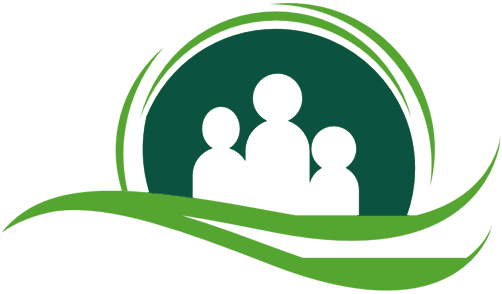A great way to avoid making assumptions about the kind of accomodations an individual with a disability needs is by asking them first.
Reminder: disabilities can be visible or invisible and no one needs to disclose them to you. Try to make it a priority to show compassion to everybody you meet throughout your day, as we never know what barriers a person may be facing.
Part of being an ally is creating spaces that are accessible, this includes digital spaces. Take some time to look at how you can make digital spaces more accessible for everyone. Microsoft has a toolkit that can help you get started.
Take some time today to learn about the history of disablity justice within Canada. djno.ca has created a great resource that highlights key events that you can learn about.
Learn more about the Ontario Disability Support Program (ODSP) offered by the provincal government. Educating yourself on this service can help you in making more informed choices on the options you have.
Looking for events and programs that you can participate in? @djnontario is always sharing great events on their social media.
Looking to support or work with organizations that focus on disability justice? Easter Seals has a list of Canadian organizations.
The disability tax credit provides additional financial support to individuals with a disability and their family. Learn more at Canada.ca.
Be careful not to over-sensationalize disability (e.g. applaud an individual with a disability for performing an everyday task). This is problematic as it can lead disabled people to feel demoralized, infantilized or pitied.
The language we use when speaking with and about people with disabilities matters! Some prefer person first language (e.g. a person who is deaf) vs. disability first language (e.g. a deaf person). What language you use depends on the individual, so make sure to ask!
Before assisting a person with a disability with a particular task, make sure to ask if they need your help first! People with disabilities can have varying levels of ability. It’s important to respect their independence and autonomy and follow their lead!
As an ally, it is crucial to use your privilege to advocate for accessibilty & inclusion. Speak up when you see barriers to participation, but remember to be mindful of how much space you occupy. Make sure to leave room for disabled folks to have their voices heard too.
Ableism is the discrimination of and prejudice against people with disabilities. It suggests that able bodied people are superior to disabled individuals. As allies, we must challenge ableist beliefs that we and society both hold. Learn more at accessliving.org
This week marks #InvisibleDisabilitiesWeek. Not all disabilities are visible and there is no one way for a disabled person to look. Remember to be kind as you never know what someone is truly going through.
One way you can practice allyship is to educate yourself about the different types of disabilities. Keep in mind that every individual is unique and what they experience may be different than someone else. cdc.gov for a general overview.
If you are looking to diversify your social media feed, check out this @mashable blog about some disability advocates and content creators that are a must follow.
For years, disability activists have worked tirelessy to raise awareness of disability issues and enact systemic change. Read more about their advocacy efforts and the Disability Rights Movement in Canada.
For one powerful introduction to grassroots disability rights activism, check out the Oscar-nominated documentary @CripCampFilm on Netflix.
Looking for a new read? Alice Wong’s “Disability Visibility” is a 21st century collection of first-person experiences, from a diverse range of people with disabilities, and even has an adapted version for young adults. A must-read for disabled folks & allies alike!
Speaking of Alice Wong, she is also the founder of the Disability Visibility Project, which is a vast “online community dedicated to creating, sharing, and amplifying disability media and culture”.
Many disabilities can affect a person differently from day-to-day. Someone may need a mobility device (or any number of other supports) some days and not others, and that doesn’t make their disability any less valid!
Recently launched by @marchofdimescda, the Disability Advocacy Network is a Canada-wide network to help build advocacy skills for individuals with physical disabilities.
Part of being a good ally is remembering that no matter how close you are to someone with a disability and no matter how much learning you’ve done, the words and work of people with disabilities still need to be centered in disability activism.
The Holland Bloorview Youth Advisory Council created this helpful pdf on ableist language with examples of what can be harmful, accompanied by recommended alternatives.
Disability justice is an important framework to include in your allyship – it’s about amplifying the needs and experiences of disabled people who also belong to other marginalized communities. @projectlets has a great list of resources to get started.
If you can, clear garbage or other items obstructing sidewalks or pathways. It’s kind to the environment and it’s also kind to people who use mobility aids or who are blind, as it helps reduce hazards for such people who rely on cleared paths to get from place to place.
One great way to practice disability allyship is by saying something when you see or hear people use terms, phrases, or gestures that are harmful to the disability community.
Remember that people with disabilities are not one-size-fits-all, so it’s important to seek out a diverse range of people with disabilities when aiming for inclusive perspectives.





